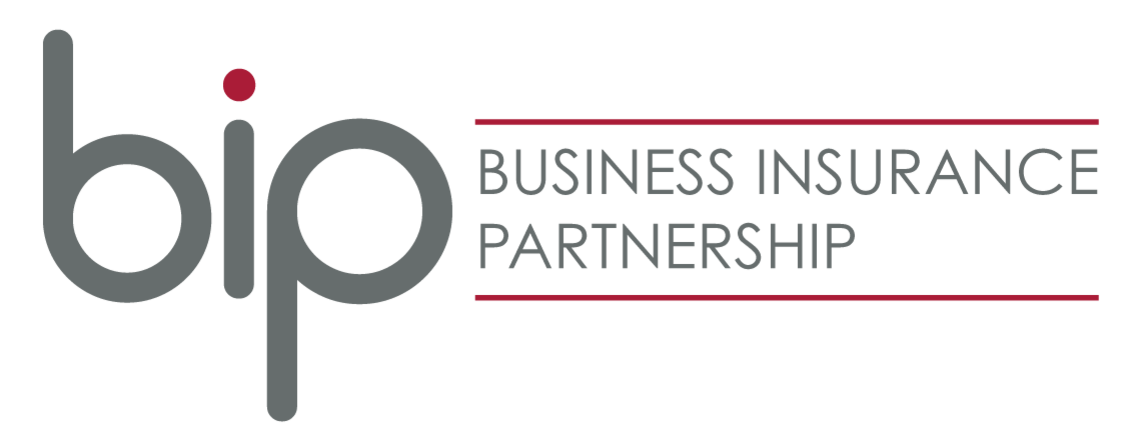How to physically protect your Cyber Assets
Posted on 14th August 2023 at 11:23
When it comes to securing cyber-assets, many people often think only of mitigating cyber-risks like spam, phishing and malware. However cyber-assets can also be compromised physically. This article examines the physical exposures yourcyber-assets face and offers steps for mitigating these risks.
Secure company facilities.
The physical security of a facility depends on a number of security decisions that can be identified through a comprehensive risk-management process. It is easy to think about physically securing your company’s facility as merely an exercise in maintaining control of access points and ensuring there is complete visibility in areas that are determined to be high-risk—either because of the threat of easy public access or because of the value of information located nearby. However, maintaining facility security includes the environment of public spaces. For instance:
• Employees whose computers have access to sensitive information should not have their computer monitors oriented towards publicly
accessible spaces such as reception areas, check in desks and waiting rooms. Employees should be trained to not write out logon information on small pieces of paper affixed to computer equipment viewable in public spaces.
• Easy-to-grab equipment that could contain sensitive or personal information, such as laptops, tablets and mobile phones, should be located away from public areas. If you have an environment where employees are working in a waiting room or reception area,
train them to not leave these devices out on their desks unsecured.
• Consider using cable locks as a way to increase security for laptop computers. Most laptops feature a lock port for a cable which can be connected to the user’s desk. Be sure to store the key to the cablelock in a secure location away from the desk the computer is locked to.
• If sensitive information is stored on a laptop,consider installing tracking software. Most tracking software programs rununnoticed, and allow stolen computers to be located easily. Many allow administrators to wipethe hard drive remotely if necessary.
• Consider implementing a badge identification system for all employees, and train employees to stop and question anyone in the operational business area without a badge or who appears to be an unescorted visitor.
Minimise the risk of losing control of Sensitive Information
The most effective way to minimise the risk of losing control of sensitive information fromprinted materials is to minimise the quantity of printed materials that contain sensitiveinformation. Establish procedures that limit thenumber of copies of printed reports, memoranda
and other material containing personal information. Safeguard copies of material containing sensitive information by providing employees with
locking file cabinets or safes. Make it a standard procedure to lock up important information. Train employees to understand that leaving the wrong printed material on a desk, in view of the general public, can result in consequences that impact the company and your customers.
Ensure mail security.
Your organisation’s post centre can introduce a wide range of potential threats to your business. Your centre’s screening and handling processes must be able to identify threats and hoaxes and eliminate or mitigate the risk they pose to facilities, employees and daily operations.
Your company should ensure that managers understand the range of screening procedures and evaluate them in terms of your specific
operational requirements.
Dispose of rubbish securely.
Too often, sensitive information, including customers’ personal information, company financial data, and company system access information, is available for anyone to find in the rubbish. Invest in business-grade shredders and buy enough of them to make shredding convenient for employees. Alternatively, subscribe to a trusted shredding company that will provide locked containers for storage until documents
are shredded. Develop standard procedures and employee training programmes to ensure that everyone in your company is aware of what types of information need to be shredded.
Dispose of electronic equipment securely.
Be aware that emptying the recycle bin on your desktop or deleting documents from folders on your computer or other electronic device may not delete information forever. Those with advanced computer skills can still access your information even after you think you’ve destroyed it. Disposing of electronic equipment requires skilled specialists in order to ensure the security of sensitive information contained within that equipment. If outside help, such as an experienced electronic equipment recycler and data security vendor, is not available or is too expensive, you should at a minimum remove computer hard drives and have them shredded.
Be mindful of risks with other types of equipment associated with computer equipment.
Train your employees in facility security procedures. A security breach of customer information or
a breach of internal company information can result in a public loss of confidence in your company and can be as devastating as a natural disaster. In order to address such risks, you must devote your time, attention and resources to the potential vulnerabilities in your business environment and the procedures and practices that must be a standard part of each employee’s working day And while formal training is important for maintaining security, the daily procedures you establish both in how you normally conduct business and in the way you model good security behaviours and practices are equally important. In short, security training should be stressed as critical and reinforced through daily procedures and leadership modelling. Establishing procedures and training employees to physically protect your company’s cyberassets will allow for a secure work environment.
For additional information or sample workplace policies, contact us today
Share this post:


